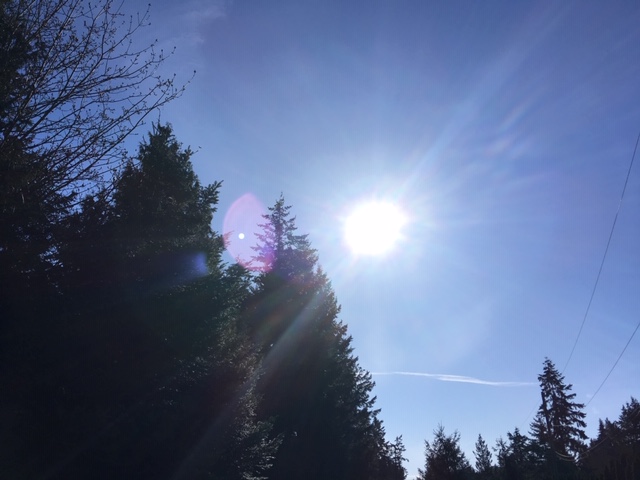We could use some of those April showers about now.
That’s because we’re coming off one of the driest Aprils in recent memory on Vancouver Island and the Sunshine Coast.
Just 13.6 millimetres of precipitation fell on Campbell River last month, which ranks as the third driest April on record dating back to 1936. The city generally sees 92 millimetres of the wet stuff in April.
The record for driest April ever in Campbell River is 4.8 millimetres set in 1973.
It was also a half a degree warmer than usual in Campbell River, which ranks in the top 10 for warmest Aprils on record.
In the Comox Valley, nearly 27 millimetres of rain fell, which is 41 percent of its normal amount of 65 millimetres.
On the northern tip of the island, Port Hardy had only seen a trace of precipitation up until April 24. A late pulse of rain brought that total up to 47.6 millimetres, which is still far below the normal amount of 125 millimetres.
Over on the Sunshine Coast, Powell River only saw 28 millimetres or rain, which is well below its average of 71 millimetres.
Environment Canada meteorologist Armel Castellan said the dry pattern started back in February and continued through most of March and April.
Castellan added that the dry spell is concerning, especially when you look ahead to the wildfire season.
“We’ve been talking about this now, for six or seven years, about the drought signal in the summer, particularly (with) the wildfire concerns, drought for agriculture, and of course, the fish and wildlife in the low streamflow,” he said.
“Now we’re also starting to see that signal show up throughout fall, winter, and spring. Last year, May and March were extremely dry and this year, again, we’re seeing a very dry signal the second half of February through to March, April, and May still needs to finish up here. We are concerned generally speaking, that we are looking at the anticipation of those critical summer months being extremely dry.”
He added that the weather we get in the next few weeks will play a huge role in dictating the wildfire and drought situation in the heat of the summer.
“We could get into a big stratus surge coming up from the coast and really cooling temperatures off, and not having much in the way of wildfire concerns during those critical weeks. But certainly having a precipitation deficit this strong, leading into those critical weeks, is a big piece of the puzzle, as well.”
Castellan said last year, cooler temperatures in June and July helped mitigate the fire danger risk in the Coastal Fire Centre.
Shorter-term, the forecast calls for more dry conditions and very warm temperatures dominating the weather picture, starting the latter part of the week and into the weekend.






